Wildlife has an impressive ability to adapt to new environments, often outshining humans in their resilience and creativity. As cities continue to expand, animals are finding ingenious ways to thrive amidst the concrete jungle. From pigeons to raccoons, these creatures demonstrate a level of adaptability that can teach us a thing or two about survival in urban settings. Let’s explore the surprising ways wildlife is mastering city life better than most of us could ever imagine.
1. Finding Food in the Most Unexpected Places
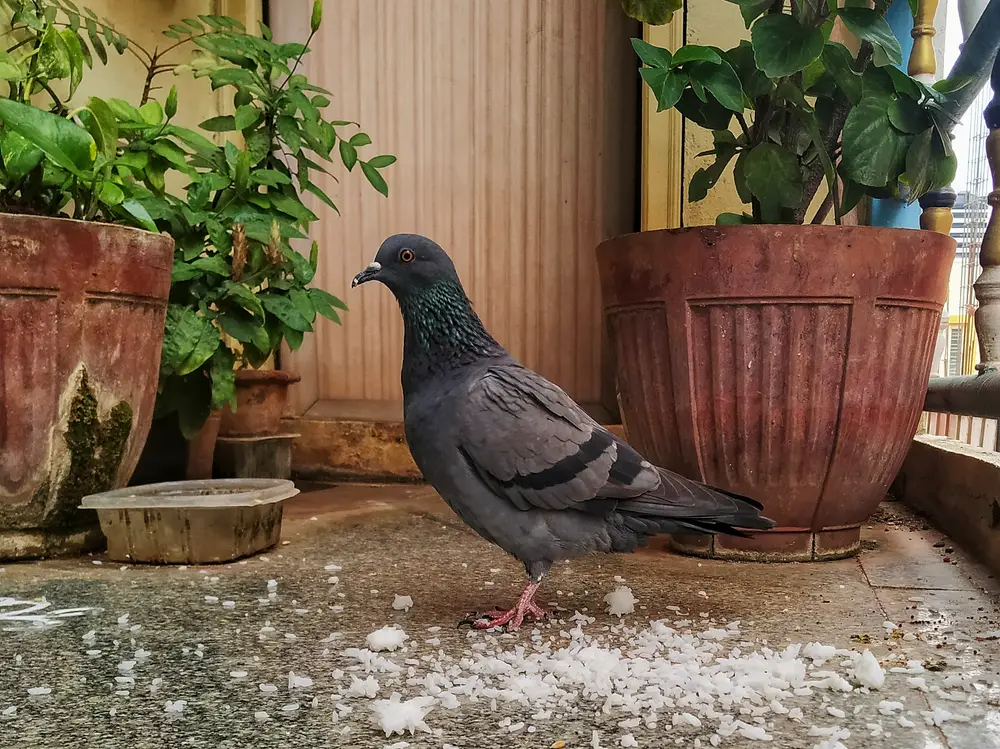
Ever notice how pigeons seem to effortlessly find crumbs in the most unlikely places? They’ve become the ultimate urban scavengers, making use of every nook and cranny for a quick snack. While we might grumble about eating leftovers, pigeons have turned it into an art form. Pigeon Mate notes that they utilize their sharp eyesight and social networks to identify food sources, effectively turning the entire city into their personal buffet. You might be surprised to learn that what seems like aimless wandering is actually a well-coordinated search for sustenance, with pigeons often remembering which spots yield the best rewards.
Meanwhile, raccoons have taken “dumpster diving” to a whole new level. These masked bandits have learned to navigate the maze of urban waste, finding gourmet meals where we see garbage. Their dexterous paws and keen sense of smell make it easy for them to open containers and feast on our leftovers. It’s almost as if they’ve mastered the art of urban foraging, showing an adaptability that’s nothing short of impressive. While we might struggle to deal with waste and recycling, raccoons have turned it into a survival strategy.
2. Mastering Public Transportation Systems
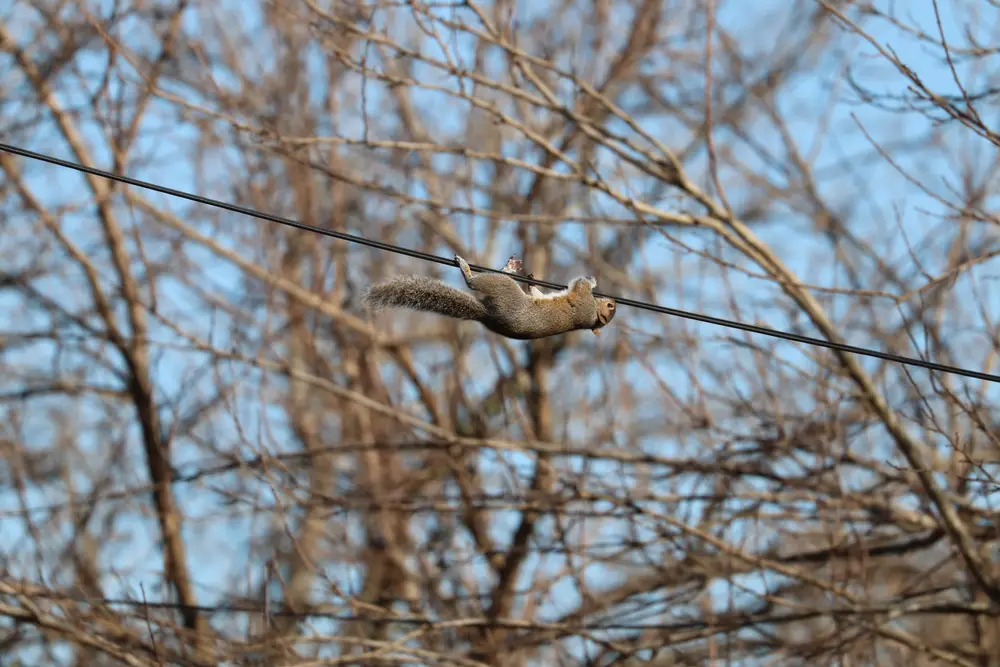
Believe it or not, some animals have figured out how to use our public transport systems to their advantage. In cities like Tokyo, crows have been observed using the subway to move around the city. They’re not buying tickets, of course, but they’re savvy enough to follow the crowd and hop off at the right stop. Discover Magazine notes that by watching humans, these intelligent birds have learned to time their movements perfectly with the opening and closing of train doors. It’s a level of public transport fluency that many of us still struggle to achieve during rush hour.
Squirrels, on the other hand, have become adept at navigating the complex web of power lines and telephone wires that crisscross the cityscape. They use these overhead highways to avoid traffic and predators, effectively turning our urban infrastructure into their personal transportation network. This clever adaptation allows them to access new areas and find food or shelter more efficiently. While we’re stuck in bumper-to-bumper traffic, squirrels are gracefully soaring above, proving that sometimes the best way to get around is to rise above it all.
3. Turning Skyscrapers Into Natural Habitats
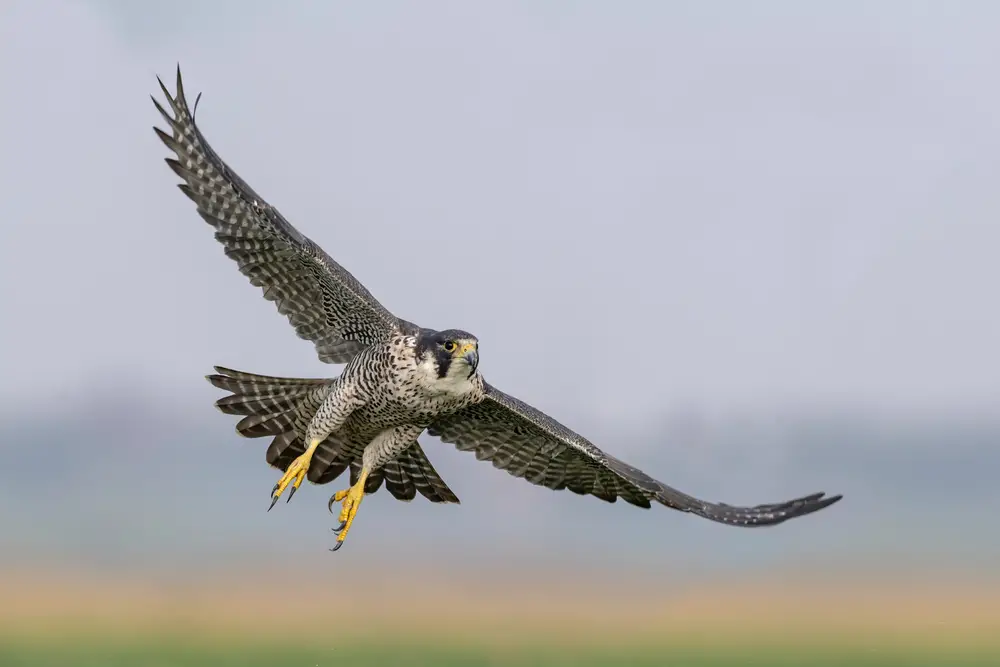
Peregrine falcons have taken urban living to literal new heights by nesting on skyscrapers. These tall structures mimic the cliffsides they would naturally inhabit, providing the perfect vantage point for hunting. From their perch, they can spot prey far below and perform breathtaking aerial dives to capture their next meal. It’s a testament to their adaptability that they’ve managed to turn our urban architecture into a home that suits their needs perfectly. By embracing the vertical spaces of the city, peregrine falcons remind us that sometimes the best way to adapt is to take advantage of what’s available.
Meanwhile, bats have found refuge in the nooks and crannies of urban buildings, utilizing attics and abandoned spaces for roosting. Their echolocation skills allow them to navigate tight spaces and hunt insects at night, making cities bustling with artificial light ideal for their nocturnal lifestyle. While we might be concerned about pollution and noise, bats simply use the cover of darkness to carry on with their nightly activities. By adapting to urban environments, bats show that sometimes the key to survival lies in making do with the hand you’re dealt.
4. Adapting Communication to Urban Noise
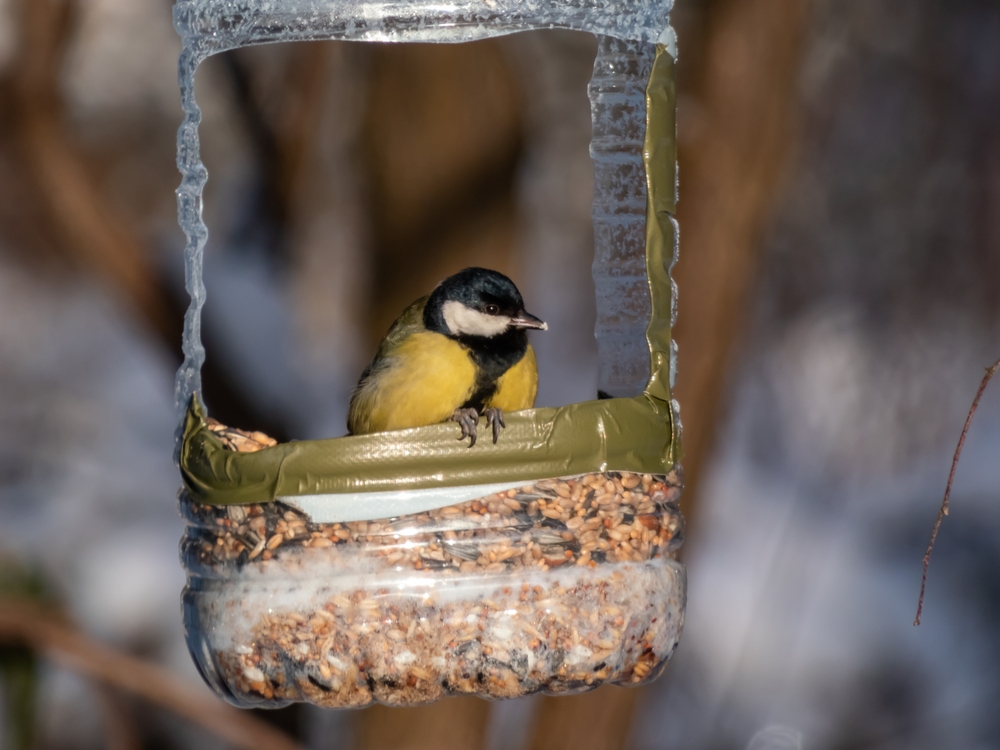
Birds in urban areas have developed unique ways to communicate amidst the cacophony of city life. Species like the great tit have been known to adjust their songs to be heard over the din of traffic. By singing at higher pitches or during quieter times of the day, they ensure their messages are still effectively relayed. This adaptability in communication shows a resilience that allows them to thrive even when humans create challenging environments. While we often struggle to be heard in noisy settings, these birds have mastered the art of cutting through the noise.
Urban foxes have also adapted their communication strategies. They use body language and visual signals to communicate more subtly in the bustling cityscape. By relying less on vocalizations, they avoid drawing unnecessary attention from both humans and potential threats. This silent form of communication is a clever strategy to maintain social bonds and coordinate activities without alerting others to their presence. As we often misinterpret or miss signals amidst our busy lives, foxes demonstrate the power of non-verbal communication in a noisy world.
5. Building Ingenious Homes in Our Concrete Jungle
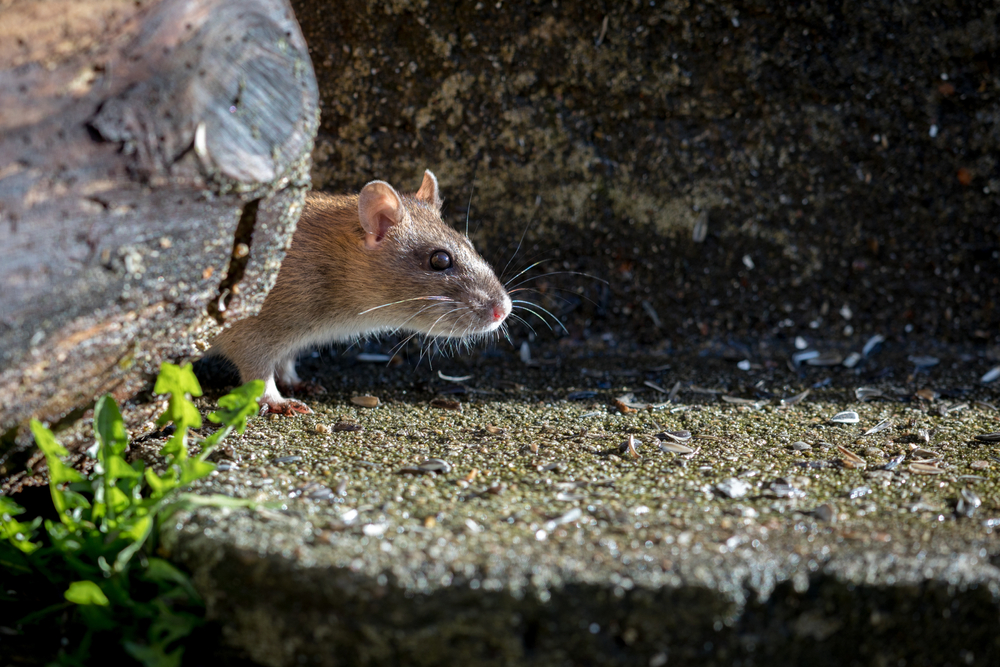
Rats have become experts at finding or constructing homes in the most unlikely urban locations. From burrowing beneath sidewalks to nesting in basements, they can make almost any space their home. Their ability to squeeze through tiny openings and adapt to different environments makes them one of the most resilient urban dwellers. While we might struggle to find affordable housing, rats have no such problem, turning every nook and cranny into a potential residence. This resourcefulness allows them to thrive in settings that would prove challenging for other species.
Sparrows, on the other hand, have adapted to urban living by building nests in man-made structures. They use materials like string, paper, and plastic to construct their homes, showing an ability to utilize what’s available. These nests can often be found tucked away in the eaves of buildings or other sheltered spots away from predators. While we worry about sustainability and environmental impact, sparrows demonstrate an impressive ability to repurpose and recycle. Their ingenuity in nest building is a reminder that sometimes the best solutions come from using what’s already around us.
6. Navigating Traffic With Ease (Unlike Us!)
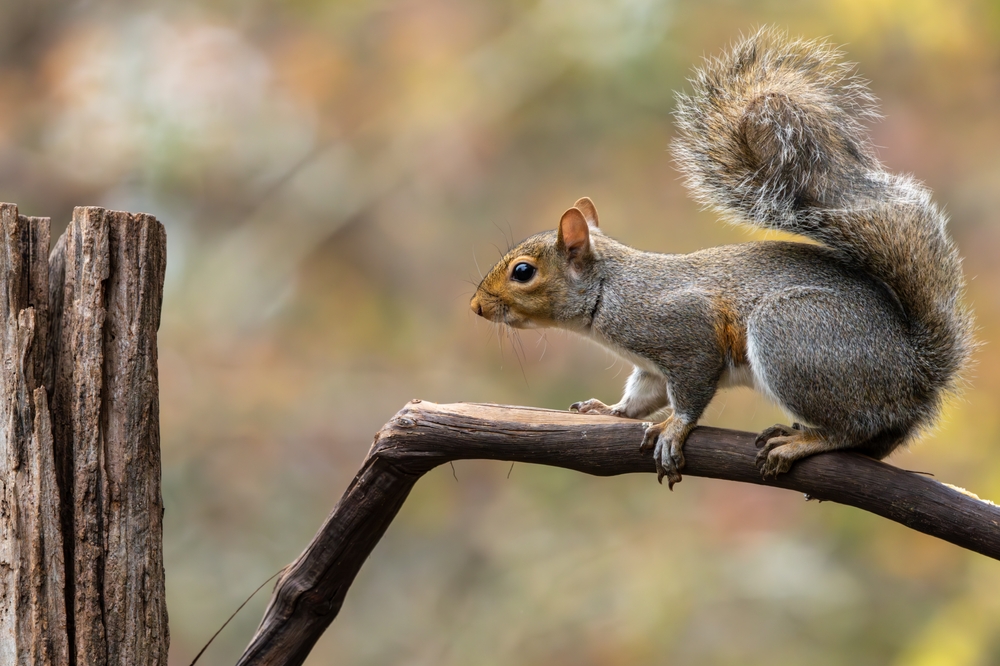
Squirrels have developed remarkable skills in navigating busy roads, often darting through traffic with a precision that leaves us in awe. They’ve learned to time their movements perfectly, using their agility and speed to avoid oncoming cars. While we might panic at the sight of a busy intersection, squirrels seem to have no such fear, confidently weaving through obstacles. This ability to navigate complex and dangerous environments is a testament to their adaptability and survival instincts. Watching them in action, one can’t help but admire their courage and skill.
Similarly, pigeons have become adept at avoiding collisions with vehicles. They’ve learned to anticipate and react to the flow of traffic, often taking flight at the last possible moment to avoid danger. This split-second decision-making is an impressive feat and showcases their quick reflexes and understanding of their environment. While we rely on traffic lights and pedestrian crossings, pigeons manage to navigate the urban jungle with few mishaps. Their ability to coexist with our chaotic transportation systems is a reminder that adaptability is key to thriving in any environment.
7. Recognizing and Exploiting Human Habits
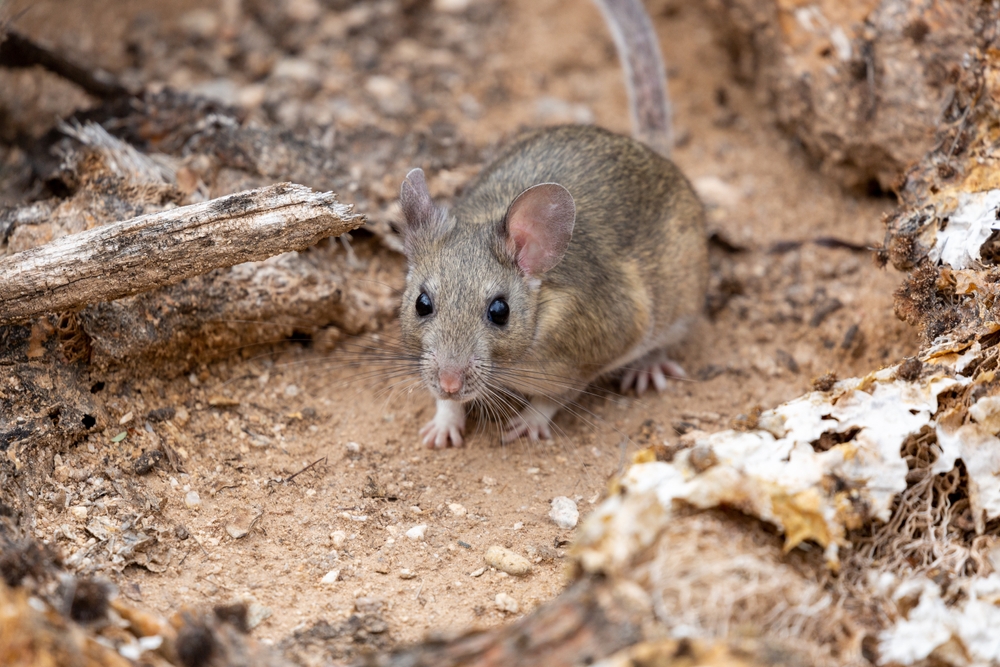
Rats have become experts at understanding human behavior and exploiting our routines to their advantage. They know when garbage is likely to be put out and where crumbs are most likely to be dropped. This knowledge allows them to time their scavenging activities perfectly, ensuring a steady supply of food. While we struggle to understand each other’s habits, rats have figured out how to predict our actions to ensure their survival. Their ability to learn and adapt to human behavior is a testament to their intelligence and resourcefulness.
Crows, too, have demonstrated a keen understanding of human patterns. They’re known to follow garbage trucks and even recognize individuals who regularly feed them. This ability to identify and remember specific people or vehicles showcases their cognitive skills and adaptability. By observing and learning from humans, crows can find food and resources more efficiently. As we sometimes struggle to adapt to new environments or cultures, crows exemplify the power of learning through observation and interaction.
8. Making Use of Human Tools and Technology

Crows are not only smart but also incredibly resourceful, especially when it comes to using tools. They’ve been observed using sticks or wires to extract insects from hard-to-reach places, demonstrating problem-solving skills that rival those of primates. In urban settings, they’ve even been known to drop nuts onto roads, waiting for cars to crack them open. By using human technology to their advantage, crows show a level of intelligence and adaptability that’s truly impressive. While we might struggle to remember our passwords or operate a new gadget, crows are effortlessly turning our world into their toolkit.
On the other hand, sea gulls have learned to harvest food from urban areas by using their beaks and claws with incredible dexterity. They’ve been seen opening food wrappers, prying open containers, and even using their feet to hold down items while pecking at them. This ability to manipulate objects and access food sources highlights their adaptability to urban environments. While we might fumble with our gadgets and tools, sea gulls show that sometimes the simplest techniques are the most effective. Their skillful interaction with the urban landscape is a testament to their ingenuity and resilience.
9. Forming Unexpected Alliances for Survival
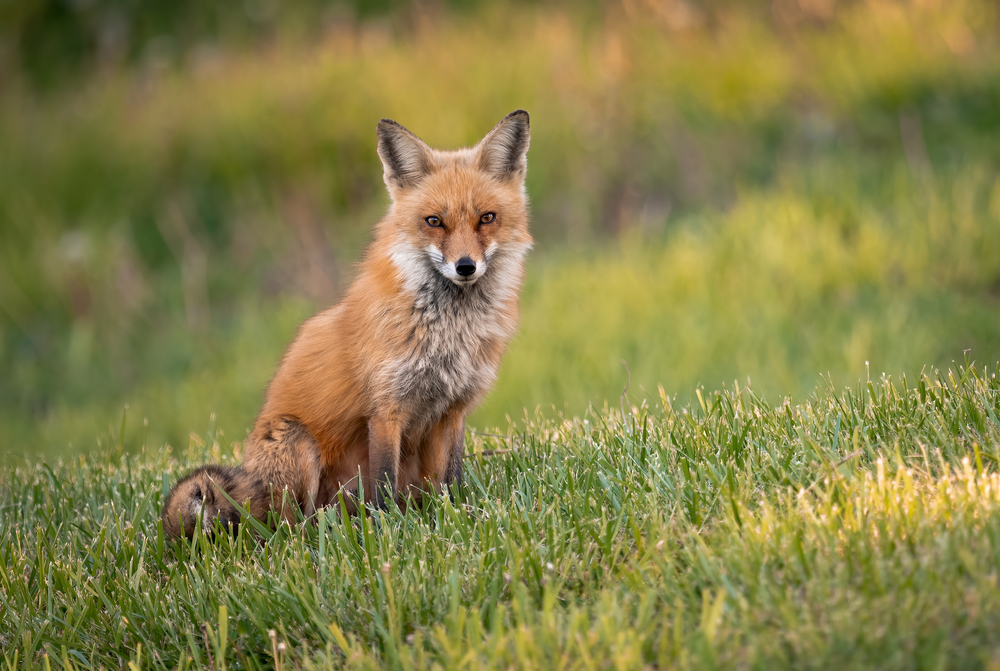
In urban environments, unlikely partnerships between different species can form, highlighting the adaptability of wildlife. For example, foxes have been known to follow badgers, taking advantage of their digging skills to access food. This symbiotic relationship allows both animals to benefit from each other’s strengths, showcasing an ability to cooperate for mutual gain. While humans often struggle with teamwork and collaboration, these animals demonstrate the power of alliances in overcoming environmental challenges. By working together, they’re able to access resources that would be difficult to obtain alone.
Similarly, certain bird species have been known to follow ant trails or wild boar, taking advantage of the insects disturbed by their movements. This opportunistic behavior highlights their ability to adapt and exploit available resources. These birds show a remarkable understanding of their environment and the creatures within it, utilizing opportunities that arise from others’ activities. As we sometimes fail to see the benefits of cooperation, these birds remind us that working together can lead to greater success. Their ability to form strategic alliances is a testament to their adaptability and intelligence.
10. Developing Resistance to Urban Challenges
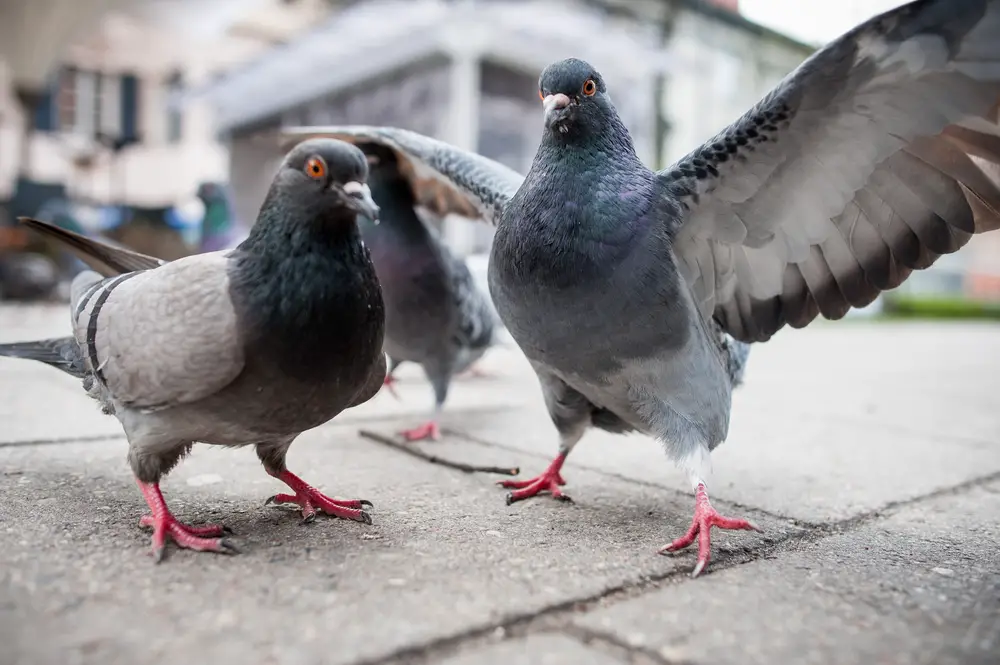
Some animals have developed a remarkable resistance to the pollutants and toxins present in urban environments. Pigeons, for instance, are known to thrive in cities despite high levels of pollution. Their ability to survive and reproduce in such conditions is a testament to their resilience and adaptability. While humans are often impacted by pollution and environmental hazards, pigeons seem to carry on unbothered. Their success in urban areas highlights the potential for wildlife to adapt to human-induced challenges.
Similarly, certain fish species have evolved to tolerate the polluted waters of urban rivers and streams. They’ve developed adaptations that allow them to survive in conditions that would be lethal to other species. This ability to thrive in contaminated environments showcases their resilience and capacity for adaptation. While we grapple with the impacts of pollution on human health, these fish are finding ways to endure and even thrive. Their survival in challenging conditions is a reminder of the incredible adaptability of wildlife in the face of adversity.
11. Using Urban Heat Islands to Their Advantage
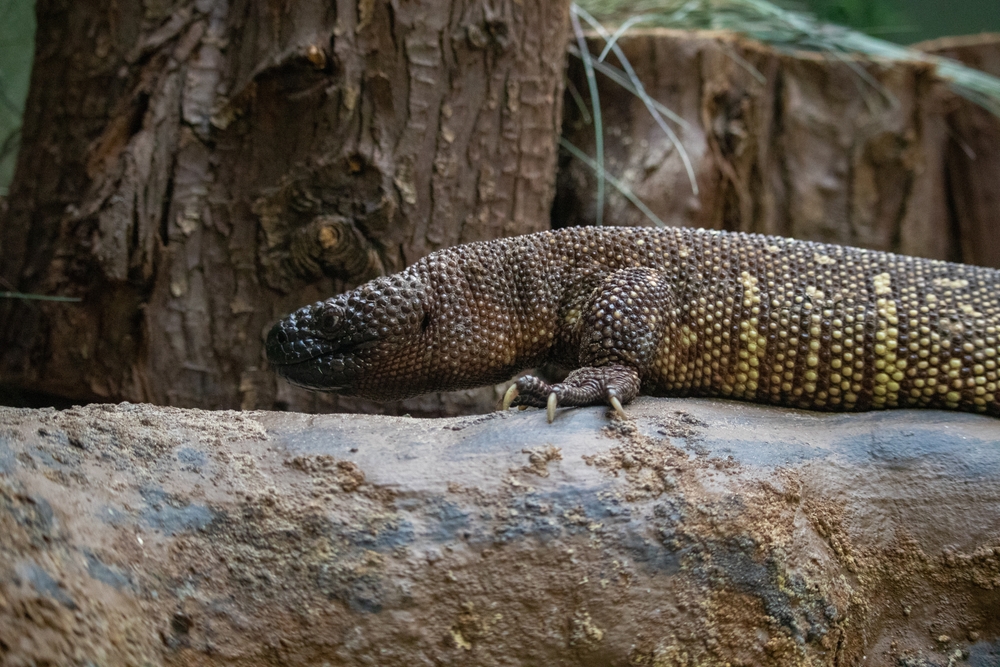
Urban heat islands, areas that are significantly warmer than their rural surroundings, pose a challenge for many species. However, some animals have learned to exploit these conditions to their benefit. For example, certain lizard species have been observed basking on sun-warmed streets and rooftops, using the heat to regulate their body temperature. This ability to take advantage of urban microclimates allows them to thrive in environments that would otherwise be inhospitable. While we often complain about the heat in cities, these lizards are turning it into an advantage.
Meanwhile, some bird species have adapted to the warmer temperatures by nesting earlier in the season. This allows them to take advantage of the extended breeding period facilitated by urban warmth. By timing their reproductive cycles to align with the conditions, they ensure better survival rates for their offspring. While humans struggle to adapt to climate change, these birds are already making adjustments to thrive in their altered environments. Their ability to utilize urban heat islands is a testament to their flexibility and resourcefulness.
12. Mastering the Art of Stealth and Camouflage
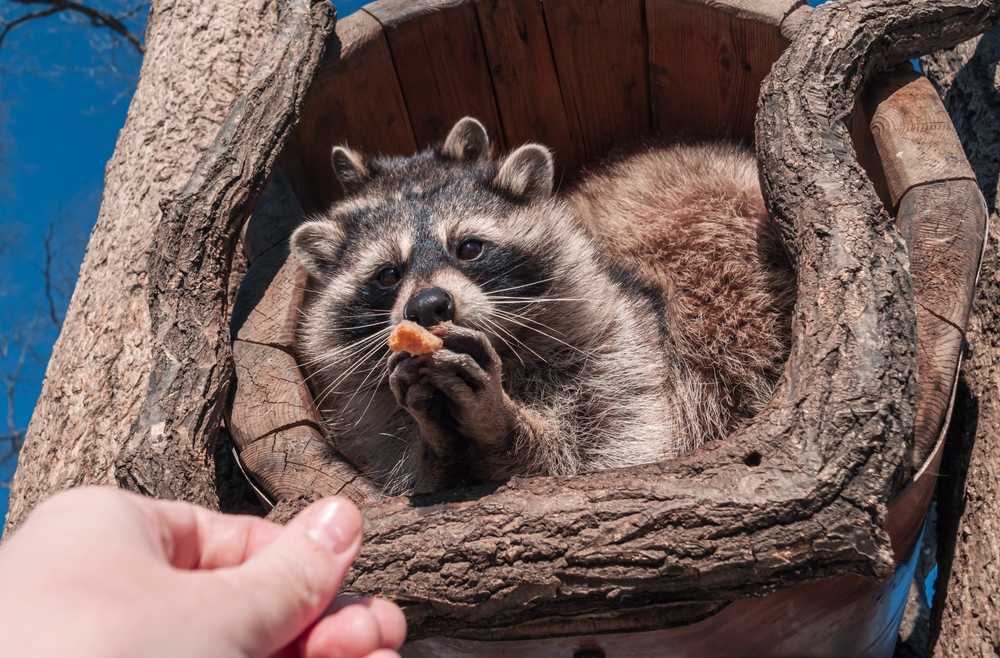
Urban wildlife has become adept at using stealth and camouflage to avoid detection by humans and predators. For instance, raccoons have become experts at moving silently through neighborhoods, often going unnoticed as they raid garbage bins. Their ability to blend into the shadows and remain undetected allows them to access resources without drawing attention. While we often struggle to remain unnoticed in crowded spaces, raccoons demonstrate the effectiveness of stealth in navigating urban environments.
Similarly, urban foxes have honed their skills in camouflage, using their natural coloring to blend in with the urban landscape. Whether it’s hiding in the underbrush of a city park or slipping through the streets at night, their ability to go unnoticed is a key survival strategy. By mastering the art of camouflage, they can hunt and scavenge without alerting potential threats or competitors. As we sometimes feel overwhelmed by the constant surveillance of modern life, these foxes remind us that sometimes blending in is the best form of adaptation.
13. Adapting Breeding Strategies for Urban Life
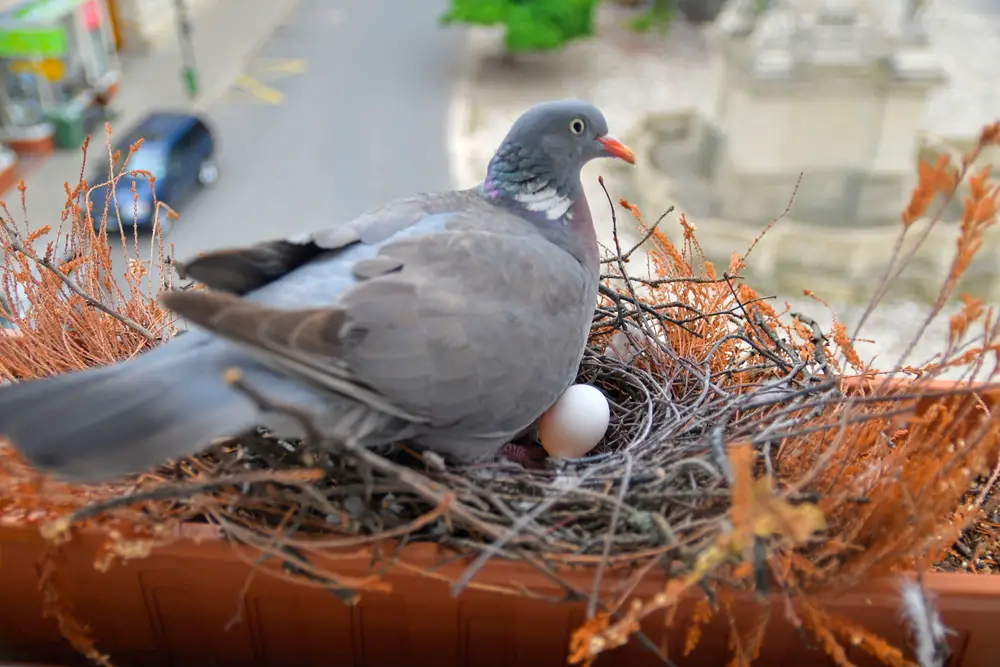
Some urban wildlife has adapted their breeding strategies to better suit city living. For example, certain bird species have adjusted their nesting habits, taking advantage of the abundant nesting sites provided by buildings and infrastructure. By nesting in secluded nooks and crannies, they can raise their young away from predators and disturbances. This adaptation ensures higher survival rates for their offspring in urban environments. While humans often struggle to find suitable housing, these birds have found a way to make the most of their surroundings.
Similarly, certain mammals have altered their reproductive cycles in response to urban conditions. For example, urban rabbits may have more frequent breeding cycles due to the availability of food, leading to larger populations. By adapting their reproductive strategies, these animals ensure their continued survival and success in city environments. While we grapple with the challenges of urban living, these mammals are thriving by making the most of their circumstances. Their adaptability in breeding strategies highlights the resilience and ingenuity of wildlife in the face of human expansion.
